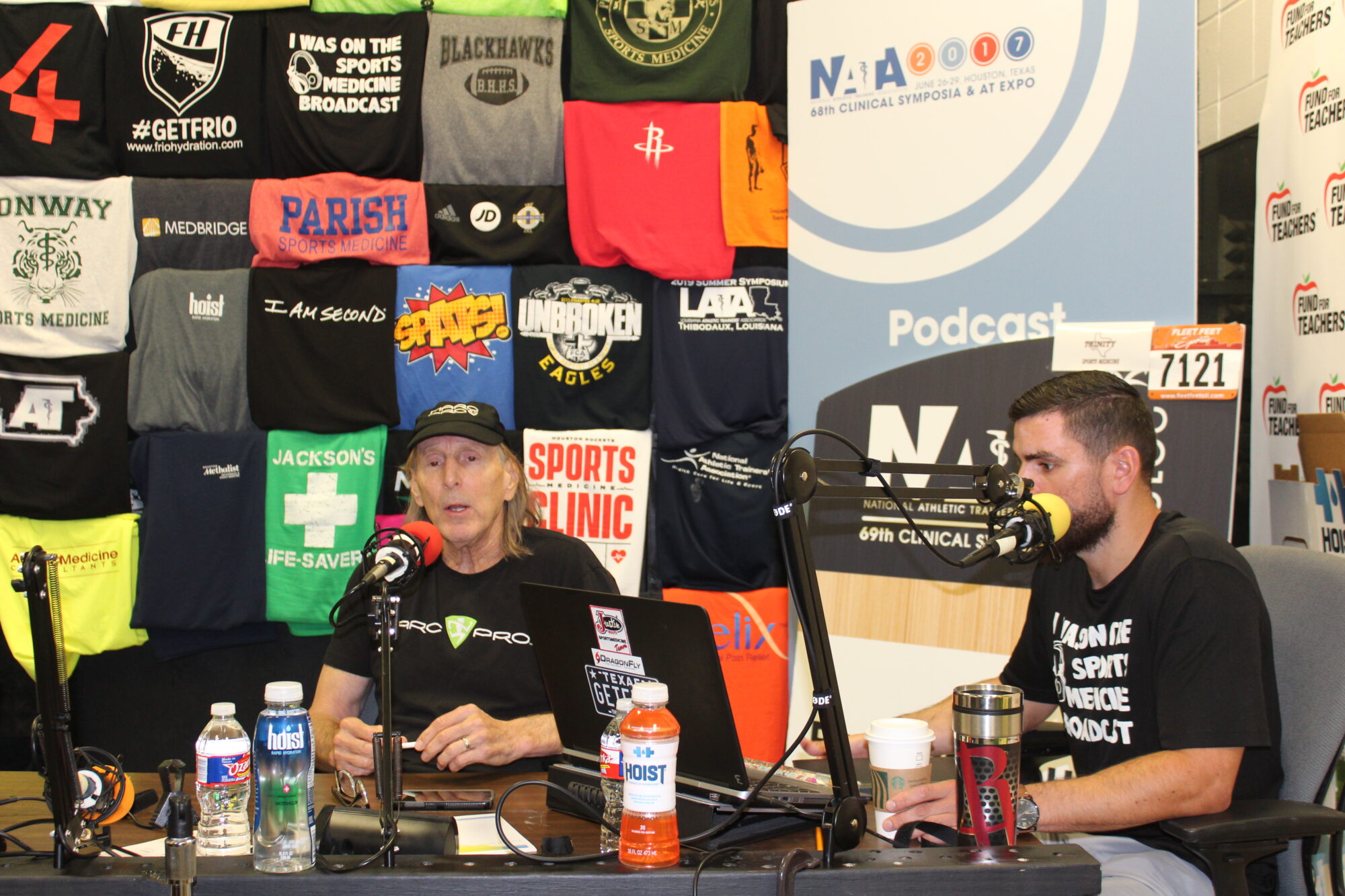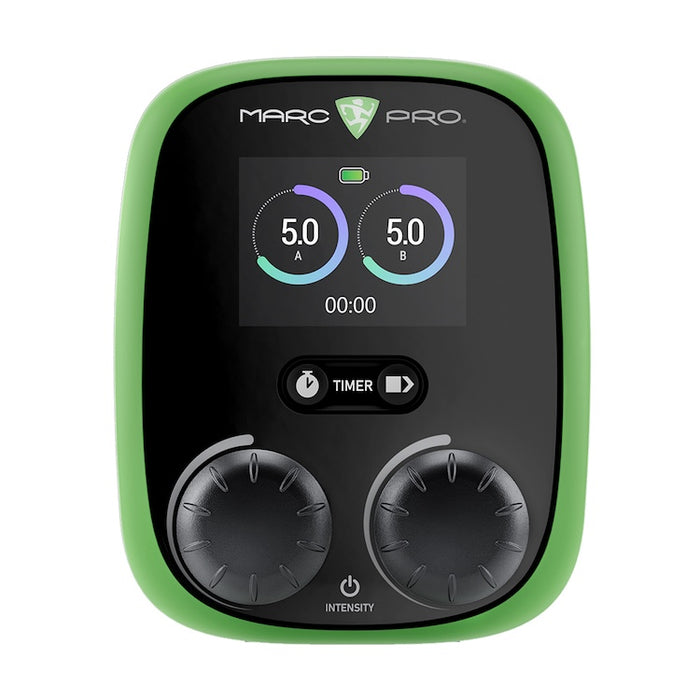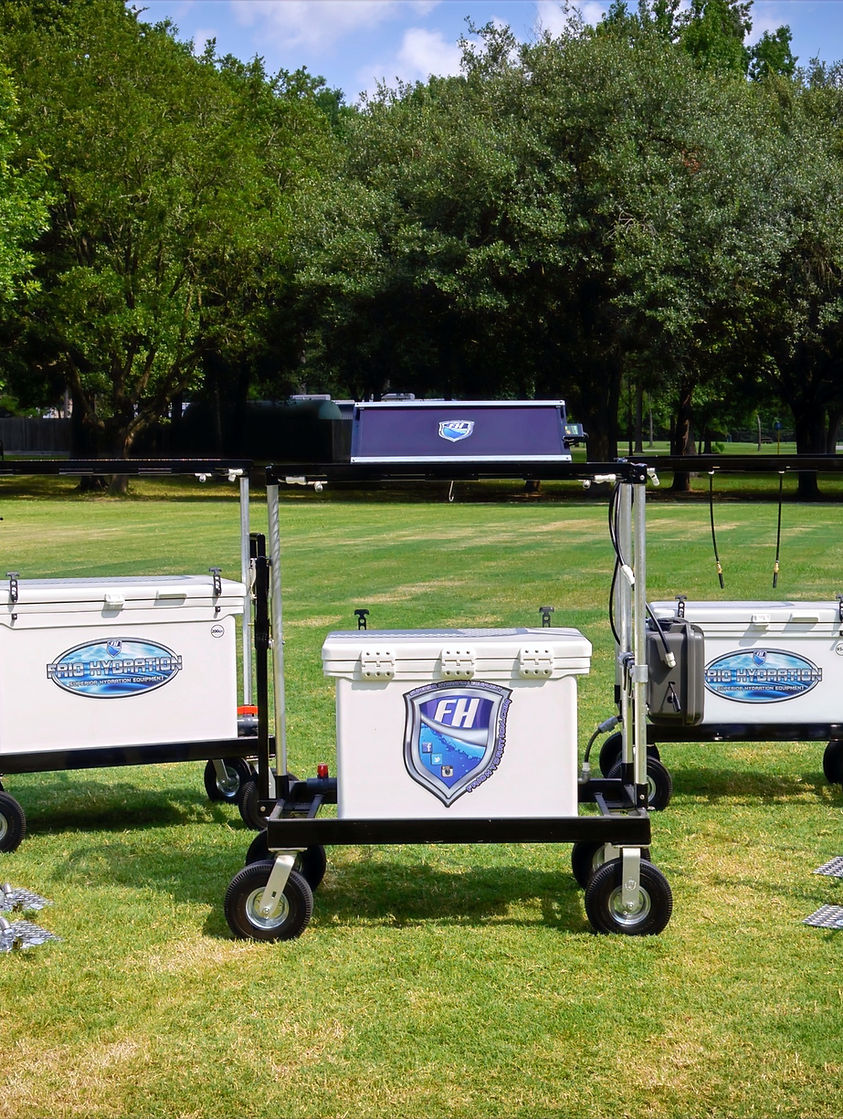Podcast: Play in new window | Download
Learn about emergency preparedness in youth sports, focusing on cardiac safety, the Project Adam initiative, and the status of the “Heartsafe” program with Tom Woods.
Q: What is the 10-second version of focusing on cardiac emergency preparedness?
A: Review statistics on sudden death in young athletes. Sudden cardiac arrest is the leading cause of death. Target the most likely areas where incidents occur and prioritize time and equipment-sensitive responses.
Q: How did the Damar Hamlin incident negatively impact perceptions of youth sports safety?
A: Some may falsely believe youth athletes are inherently safe because a highly prepared incident was effectively managed in the NFL. However, youth settings lack the extensive resources and numerous providers available in professional sports. This incident highlights the need to increase effective response capabilities and empower more individuals to provide care.
Q: Is youth sports a bigger industry or does it bring in more money?
A: When including grassroots sports, the financial investment in youth sports is substantial. It is crucial to make reasonable investments in equipment, procedures, and policies that maximize safety and efficient use of time to ensure overall safety.
Q: Do club sports typically have athletic trainers (ATs) or automated external defibrillators (AEDs)?
A: This is a critical point; clubs should invest more in youth safety. Efforts like Bob Marley's network aim to bring ATs to these settings. More needs to be done beyond large tournaments, extending to daily operations, especially given that larger clubs may have many teams practicing simultaneously.
Q: What steps are needed for club sports to align on safety protocols?
A: Project Adam and recent legislation offer programs specifically designed to make youth sports cardiac safe. These initiatives provide a framework for clubs to enhance their emergency preparedness.
Q: What are the specifics of Project Adam?
A: Our school became involved with Project Adam after recognizing areas needing attention in our setting. It offers a systematic approach to achieving cardiac safety. Texas Children's Hospital (TCH) is an affiliate site for Project Adam, providing numerous resources.
Q: Why might Project Adam not be widely known?
A: The exact reason is unclear. However, presentations like this provide an opportunity to spread the message. Discussions with directors at TCH and Cook Children's indicate that some areas, like Dallas-Fort Worth (DFW), are more involved. We need to disseminate this information, especially with increased requirements for cardiac responsiveness.
Q: How do schools or districts achieve “Heartsafe” program status?
A: Achieving “Heartsafe” status involves a step-by-step process through Project Adam. Organizations register, complete a checklist, and consult with directors and affiliate contacts for questions. Upon completion, they receive “Heartsafe school/program/district” designation.
Q: Is the “Heartsafe” program similar to SafeSport and currently in process?
A: Yes, it is similar to SafeSport and is an ongoing process.
Q: What legislative action is impacting emergency preparedness?
A: House bills have been passed and are expected to take effect on September 1st, following the governor's signature. This legislation aims to enhance cardiac responsiveness.
Sponsor List
Frio Hydration – Superior Hydration products.
Xothrm – Best heating pad available – Use “SMB” or email info@xothrm.com and mention the Sports Medicine Broadcast.
Donate and get some swag (like Patreon but for the school)
HOIST – No matter your reason for dehydration, DRINK HOIST
MedBridge Education – Use “TheSMB” to save some money, be entered in a drawing for a second year free, and support the podcast.
Marc Pro – Use “THESMB” to recover better.
Athletic Dry Needling – Save up to $100 when registering through our link.













